 The Blues (aka Richter) Tuned Game Changer – Richter tuning, also known as Blues tuning, is laid out exactly like a regular, 10-hole diatonic harmonica. The age old challenge for diatonic players has been that if they want to get the sharps and flats (the black keys on a piano) they would have to learn to bend the notes. Well that works great for the blues, or any music where coming in flat or sharp and quickly adjusting to the right pitch actually sounds cool, but if you try that on a song like “Beautiful Dreamer”, for example, not hitting that flat note precisely will sound like a fart in church! And don’t be fooled, even Joe Filisko and Howard Levy need a moment to hear where they’re at on the bend before they’re perfect. The button on the Game Changer eliminates all of that – it allows the player to precisely hit the accidentals. With the Richter Game Changer, an average diatonic player can hit sharps and flats more cleanly and precisely than the best bending harmonica players in the world!
The Blues (aka Richter) Tuned Game Changer – Richter tuning, also known as Blues tuning, is laid out exactly like a regular, 10-hole diatonic harmonica. The age old challenge for diatonic players has been that if they want to get the sharps and flats (the black keys on a piano) they would have to learn to bend the notes. Well that works great for the blues, or any music where coming in flat or sharp and quickly adjusting to the right pitch actually sounds cool, but if you try that on a song like “Beautiful Dreamer”, for example, not hitting that flat note precisely will sound like a fart in church! And don’t be fooled, even Joe Filisko and Howard Levy need a moment to hear where they’re at on the bend before they’re perfect. The button on the Game Changer eliminates all of that – it allows the player to precisely hit the accidentals. With the Richter Game Changer, an average diatonic player can hit sharps and flats more cleanly and precisely than the best bending harmonica players in the world!
Before the Game Changer, if you wanted to play chromatically (as in, if you wanted to be able to get all the sharps/flats) you needed to get a chromatic harmonica. The problem for diatonic players is that a chromatic is Solo tuned, meaning the notes are laid out totally differently than a Richter tuned diatonic; so for a diatonic player, learning to play a chromatic is like learning a second language. Furthermore, chromatics take more air than diatonics, AND they’re clumsy and awkward to bend. Chromatic manufacturers try to solve that by adding irritating, plastic wind savers to make the harmonica more air-efficient, but then you can hear the wind savers flapping. Most diatonic players think chromatic harmonicas are real pigs – they take too much air, they fight you on the bends, they’re not as bluesy sounding, and they make flapping noises. The Richter Game Changer solves all of that!
The Game Changer has no wind savers flapping in the wind, it’s the most efficient, easy-responding, easy-bending harmonica I’ve ever played. It’s a diatonic with a button that can get the sharps and flats! It’s a little bigger than a 10 hole diatonic, but it’s much smaller than a chromatic…and it’s easier to play. The Richter Game Changer has a light blue comb.
 The Solo Tuned (aka Chromatic) Game Changer – Solo tuning, sometimes called Chromatic tuning, features a note layout that is exactly like any standard chromatic harmonica. The advantages that the Solo Game Changer brings to the market are: 1.) The Game Changer also bends easier than any other chromatic in the world. In addition to being able to get all the sharps and flats with a button like you can on any chromatic, you can also get those notes by bending just like you can on any 10 hole diatonic! In fact, the Game Changer bends even easier than most diatonics. Being able to bend allows chromatic players to add a bluesy, less rigid feeling to their music! 2.) Its compact size! Does any other company even make a 10 hole pocket chromatic anymore? If they do, I bet it’s still not as small as a Game Changer. 3.) It’s more responsive than other chromatics even though it’s got no wind savers, it can play as fast as you can! 4.) It comes in 6 keys! Lots of chromatics are only available in C, but the Solo Game Changer comes in 6 keys! 5.) It’s only $83.99! Chromatics are usually expensive, with the most popular models being over $200; the Solo Game Changer is only $83.99 which is less than the cost of many 10 hole diatonics. If you’re a diatonic player looking to try your hand at a chromatic, I recommend getting the Richter tuning, but if you’re a chromatic player who wants an excellent, fast responding, very affordable, bluesy sounding, 10 hole “pocket” chromatic that is available 6 keys including the rich sounding Low F, I recommend the Solo Game Changer. It has a yellow comb.
The Solo Tuned (aka Chromatic) Game Changer – Solo tuning, sometimes called Chromatic tuning, features a note layout that is exactly like any standard chromatic harmonica. The advantages that the Solo Game Changer brings to the market are: 1.) The Game Changer also bends easier than any other chromatic in the world. In addition to being able to get all the sharps and flats with a button like you can on any chromatic, you can also get those notes by bending just like you can on any 10 hole diatonic! In fact, the Game Changer bends even easier than most diatonics. Being able to bend allows chromatic players to add a bluesy, less rigid feeling to their music! 2.) Its compact size! Does any other company even make a 10 hole pocket chromatic anymore? If they do, I bet it’s still not as small as a Game Changer. 3.) It’s more responsive than other chromatics even though it’s got no wind savers, it can play as fast as you can! 4.) It comes in 6 keys! Lots of chromatics are only available in C, but the Solo Game Changer comes in 6 keys! 5.) It’s only $83.99! Chromatics are usually expensive, with the most popular models being over $200; the Solo Game Changer is only $83.99 which is less than the cost of many 10 hole diatonics. If you’re a diatonic player looking to try your hand at a chromatic, I recommend getting the Richter tuning, but if you’re a chromatic player who wants an excellent, fast responding, very affordable, bluesy sounding, 10 hole “pocket” chromatic that is available 6 keys including the rich sounding Low F, I recommend the Solo Game Changer. It has a yellow comb.
 The Bebop C6 Tuned Game Changer – The C6 Bebop layout is a slight variation of the Solo tuning. To order it, select the Bebop C6 tuning, then select the key of C – Bebop only comes in C, but you can get other keys of the Bebop tuning made for you by contacting George at the Harmonica Gallery, or Kinya at the Harpsmith.
The Bebop C6 Tuned Game Changer – The C6 Bebop layout is a slight variation of the Solo tuning. To order it, select the Bebop C6 tuning, then select the key of C – Bebop only comes in C, but you can get other keys of the Bebop tuning made for you by contacting George at the Harmonica Gallery, or Kinya at the Harpsmith.
 The Pop (aka Paddy) Tuned Game Changer – If you look at the first chart displayed that shows the standard Richter layout, you’ll notice that the 2 draw and the 3 blow are the same note (on a C harp, they’re both G), but on the Pop layout above, that is corrected. The standard Richter tuning works great for playing chords like Bob Dylan does, but the Pop tuning, by including that missing note on blow 3, offers advantages for playing single note melodies. The Pop Game Changer has a red comb.
The Pop (aka Paddy) Tuned Game Changer – If you look at the first chart displayed that shows the standard Richter layout, you’ll notice that the 2 draw and the 3 blow are the same note (on a C harp, they’re both G), but on the Pop layout above, that is corrected. The standard Richter tuning works great for playing chords like Bob Dylan does, but the Pop tuning, by including that missing note on blow 3, offers advantages for playing single note melodies. The Pop Game Changer has a red comb.
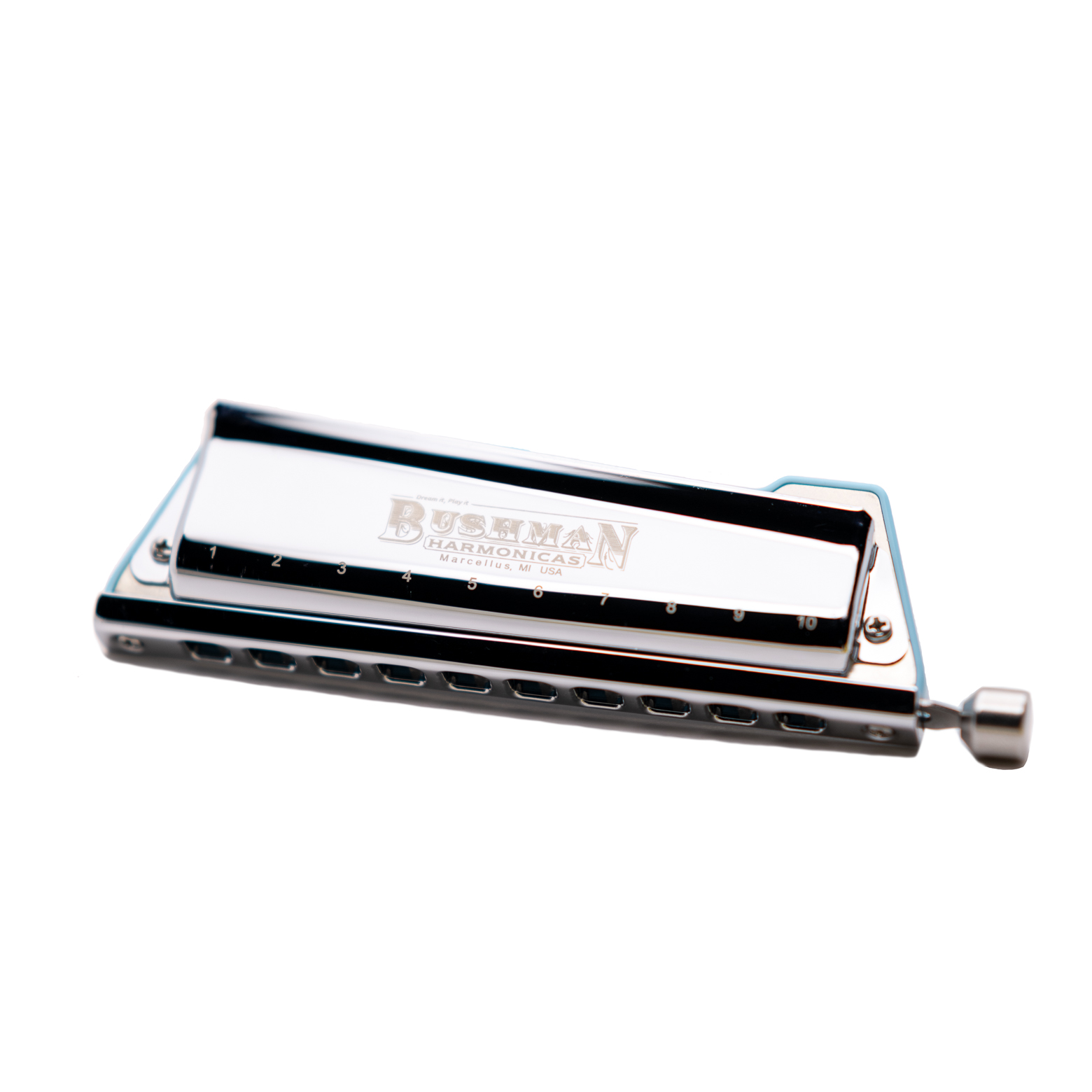
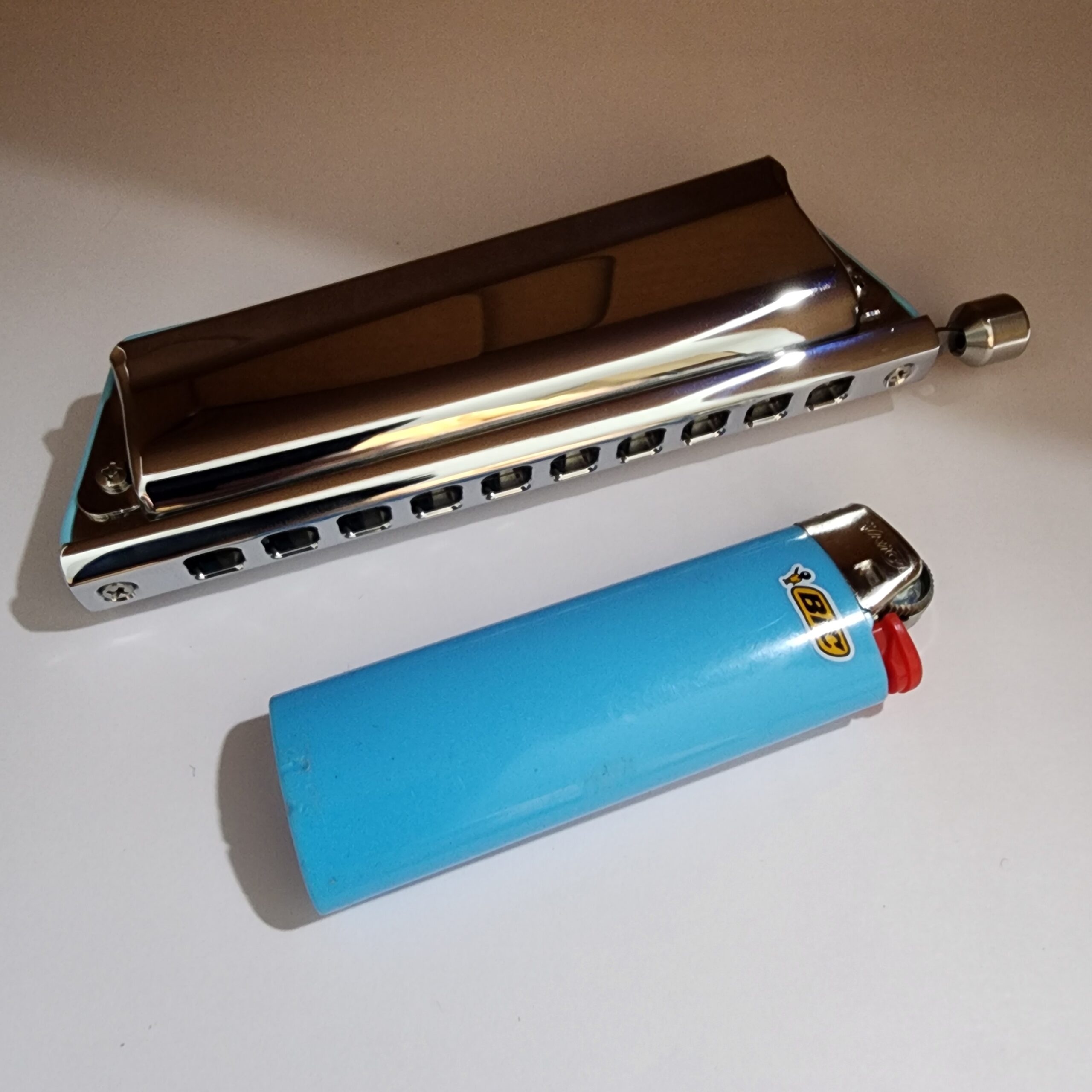

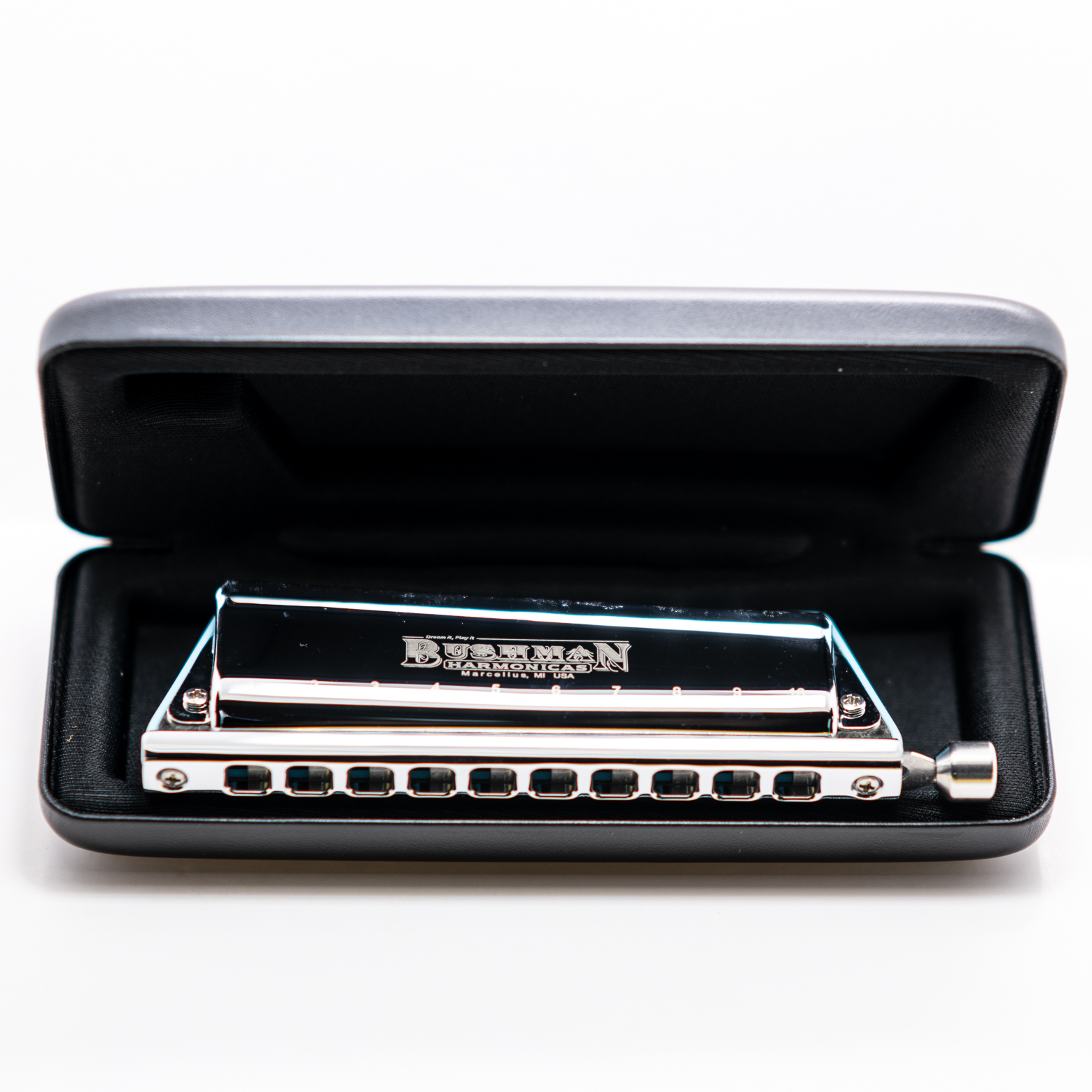
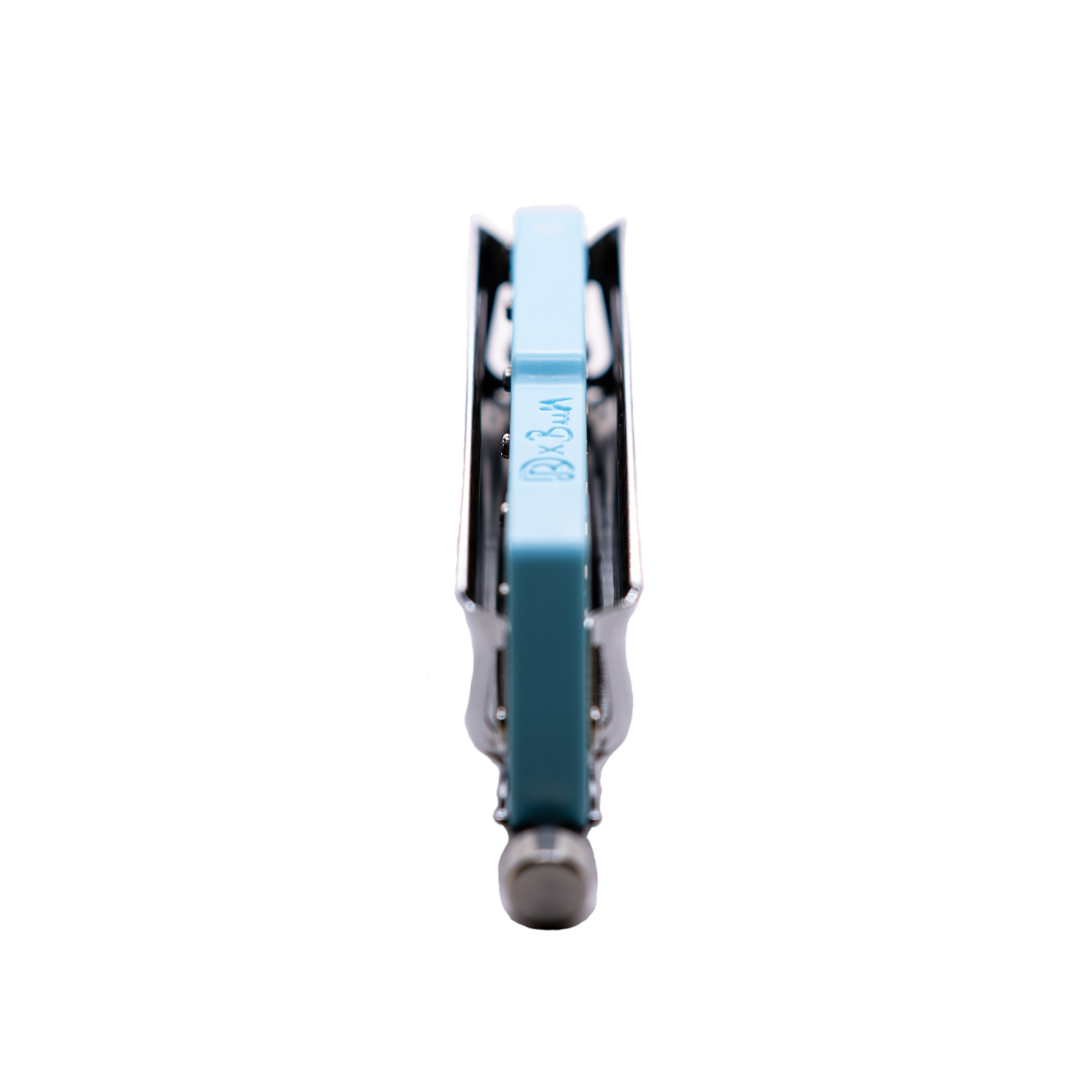

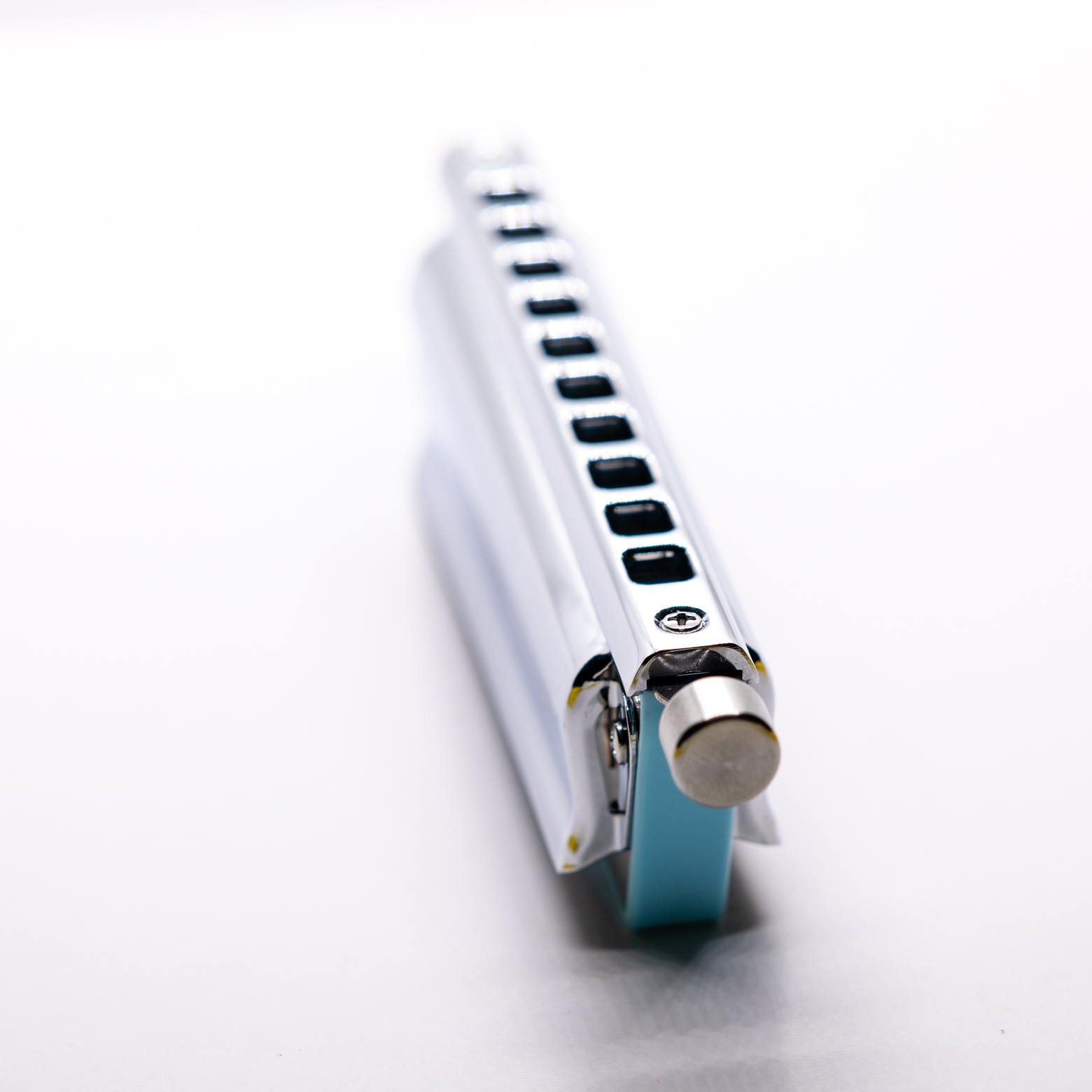
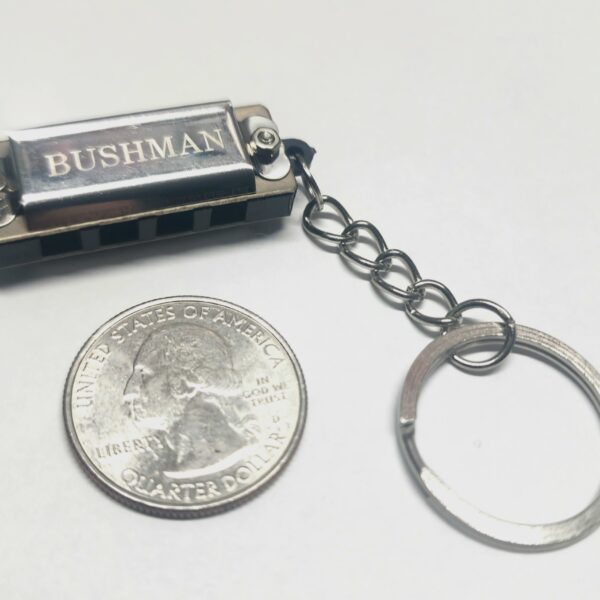
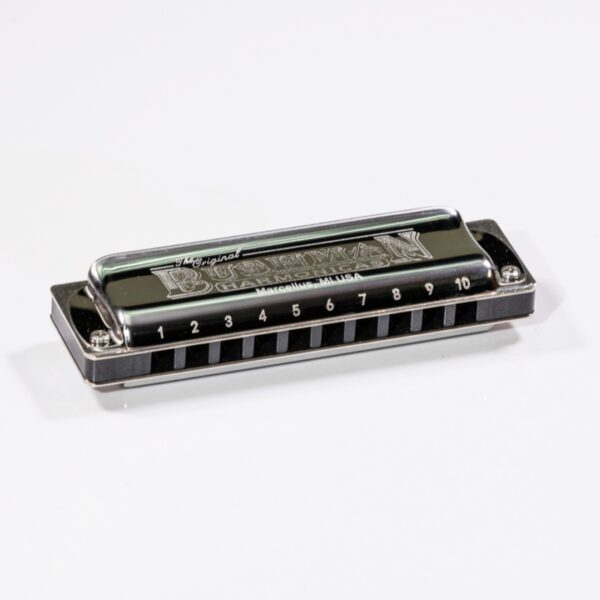
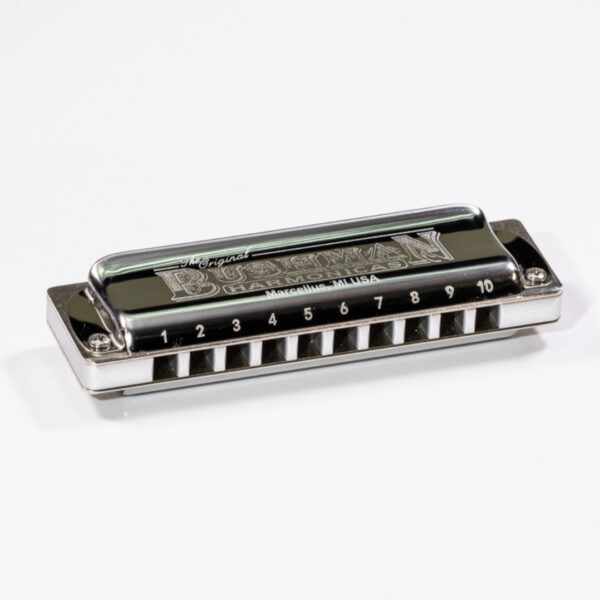
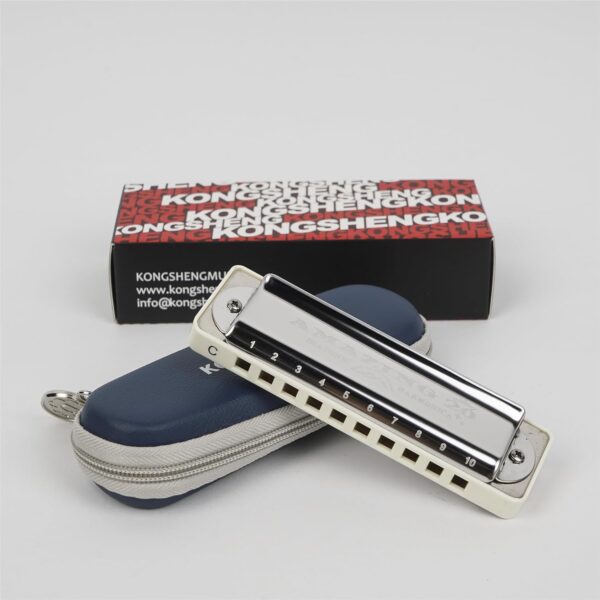
Lewis Barnard (verified owner) –
Just got my Solo tuned key of C Harp today. I am very impressed with this instrument. It is very air tight and the tone is very good. Volume is very good and the reeds are very responsive. I have an Easttop Forerunner and Forerunner 2.0. I was very disappointed with both instruments and never play them. The Game Changer is in a completely different league.
It is fun to play. I have several other more expensive instruments but the Game Changer will definitely be part of my regular rotation.
Brendon Yost (verified owner) –
I recently purchased a Solo C Game Changer from this Bushman website last week. The shipping was inexpensive and the package arrived very quickly. This harmonica is exactly what I was hoping for.
I bought a Chromonica C a few months back, and while I enjoy it, it is just very hard for me to play. I only started playing harmonica last year, but I’m sure with more practice I will be able to make the notes I play sound good. But that’s the thing: I was able to pick up the Game Changer and immediately play the songs I was struggling with on the standard chromatic. I then played for four more hours. The smoothness of the harmonica makes it such a joy to play as well. The case is also well made, and I couldn’t be more happy with it. Thanks, Bushman Music!